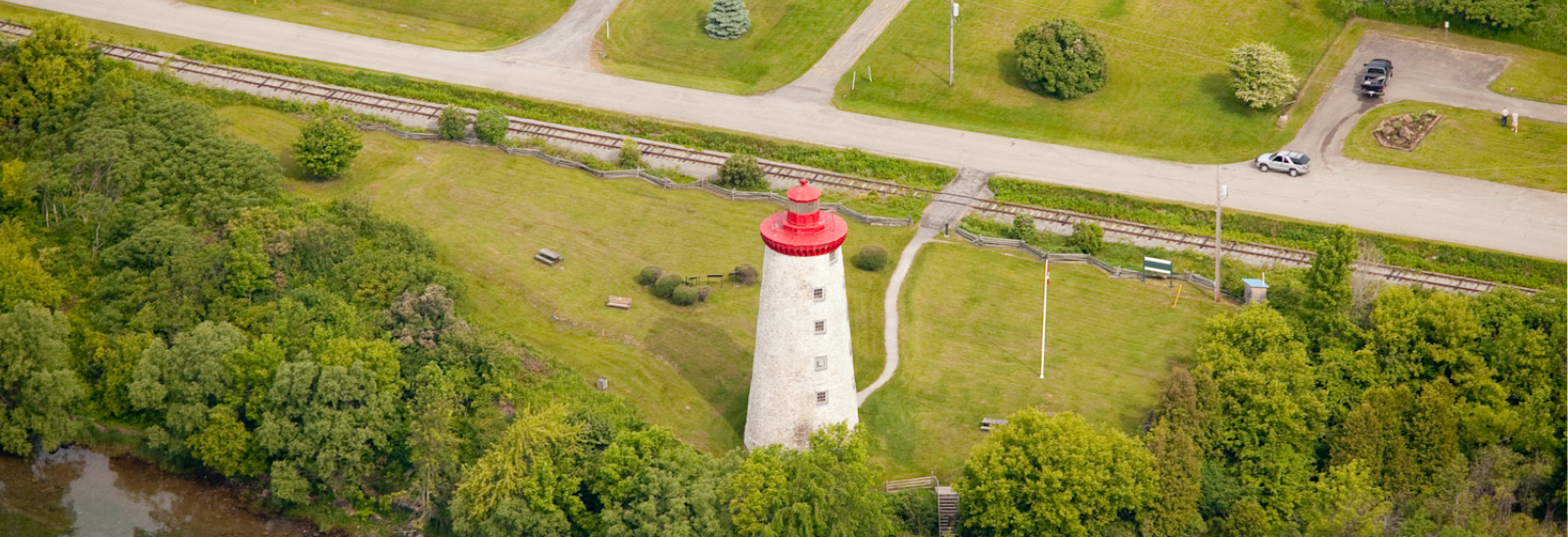Flood Preparedness
View the many different precautionary and emergency measures that you can take to prepare and properly respond to a flooding event in Edwardsburgh Cardinal. Learn how the Township provides communication and other resources to help keep you as safe as possible.
Before a flood |
|
There are many things you can do to be as prepared as possible in the case of an unexpected flooding event in the Township of Edwardsburgh Cardinal. Know your risksFloods are typically caused by melting snow, ice jams, heavy spring rains and summer thunderstorms. Flash flooding is caused by violent rain storms or breaking dams — often occurring with little or no warning. They can damage property and cause serious harm. Not sure if your home is located in a flood prone area? You can contact South Nation Conservation via email or by calling 1-977-984-2948 to order a Property Inquiry Service for a nominal fee. The International Joint Commission monitors elevated Great Lake water levels and makes recommendations to the Canadian and United States governments in the event of flooding or other natural waterway occurrences. Stay informedSouth Nation Conservation keeps all residents informed of local flood alerts and messaging. View their website or the South Nation Twitter account for more information and updates. Follow Township updates on our news pages and through our Facebook and X(twitter) accounts during a flooding or emergency situation. The Province of Ontario also provides a current flood risk map. Prepare an emergency plan and kitIn an emergency, you may be asked to evacuate your home. Thinking about what you would do in different situations and preparing a plan and emergency kit with every member of your family is the first step to being prepared. Protect your propertyConsider these steps to protect your property before a flood:
SandbagsTo build an effective sandbag wall, ensure you follow these instructions:
Estimate how many sandbags you may need with this online calculator. |
During a flood |
|
If you are in a flooding emergency and require immediate assistance, please call 9-1-1. Safety tips and instructionsIf you are instructed by emergency officials to evacuate your home, do so immediately. If you are indoors:
If you are outdoors:
The Province of Ontario also provides instruction on what you can do during a flood to stay safe. Well and septic safetyIf your water supply well has been exposed to flooding, it may be contaminated with colourless, tasteless and odourless bacteria or chemicals that can cause serious illness in humans and pets. Immediately discontinue use. Do not boil the water as this does not make it safe. Obtain and use potable water from a safe source instead. Do not use systems while the drain field or tanks are covered with water. Resume system use once the water in the septic drain field is below the distribution pipes. South Nation Conservation provides additional instruction on what to do with wells and septic systems after a flood. Flooded roads and access concernsIn the event that road access to your home becomes flooded, erosion and ground saturation may create unstable conditions for emergency vehicle traffic trying to reach you. They may be delayed or unable to get to you in an emergency. |
After a flood |
|
After a flood, ensure you follow Township news updates and public health updates. Flood recovery and safety tipsThe Canadian Red Cross shares a step-by-step guide to flood recovery and helpful information for what to do after flooding:
Bringing private wells back into serviceThe Leeds, Grenville and Lanark District Health Unit provides detailed instructions on safely bringing a private well back into service following a flood. Impacts of flooded septic systemsThe Leeds, Grenville and Lanark District Health Unit provides information on impacts of flooded septic systems, including:
Sandbag disposalRemove sandbags when there is no longer a risk of flooding. Sandbags that have come in contact with flood waters can be contaminated and pose a risk to your safety. When disposing of sandbags:
|














